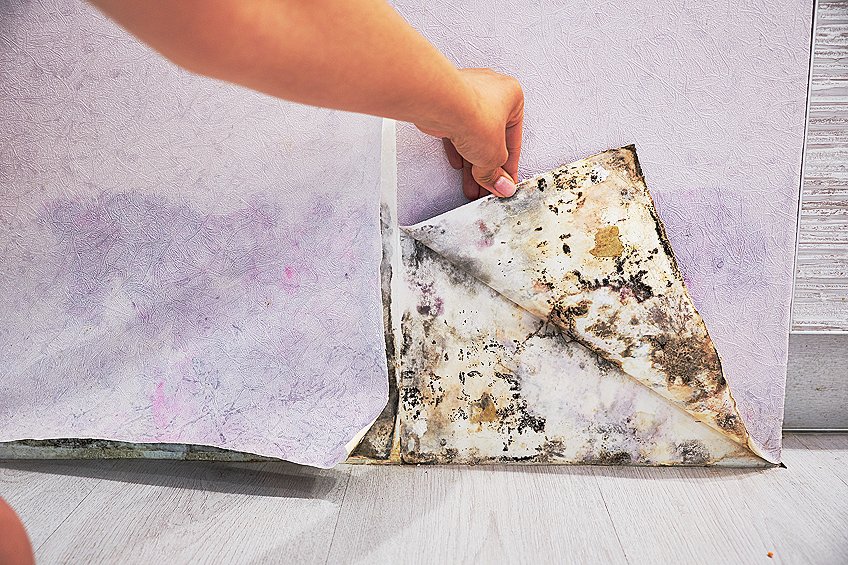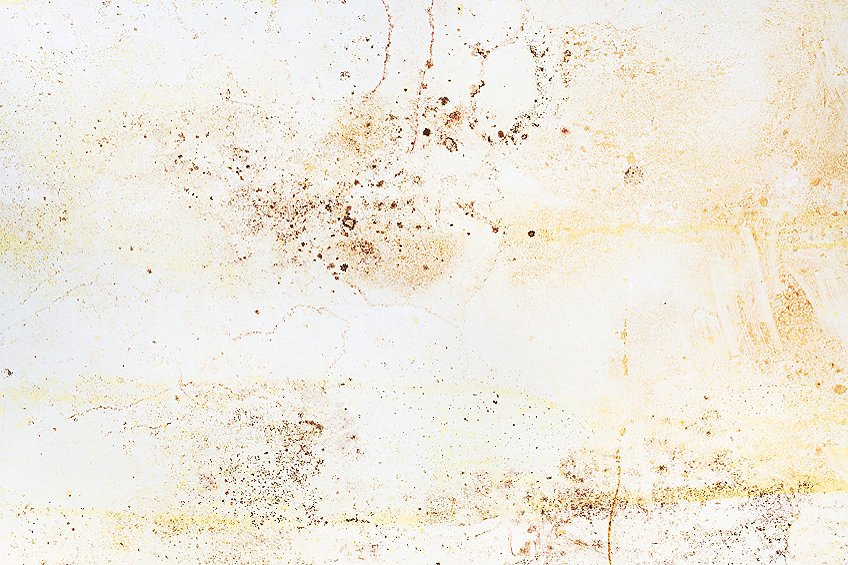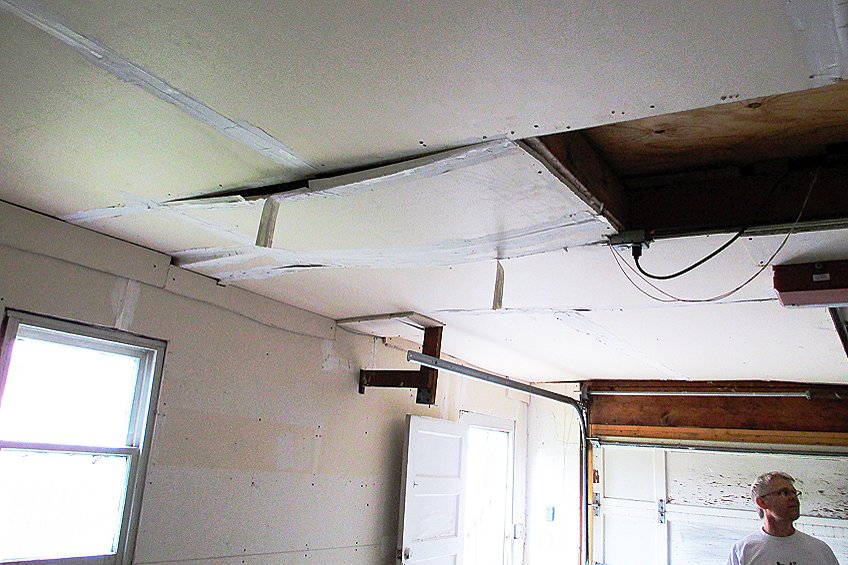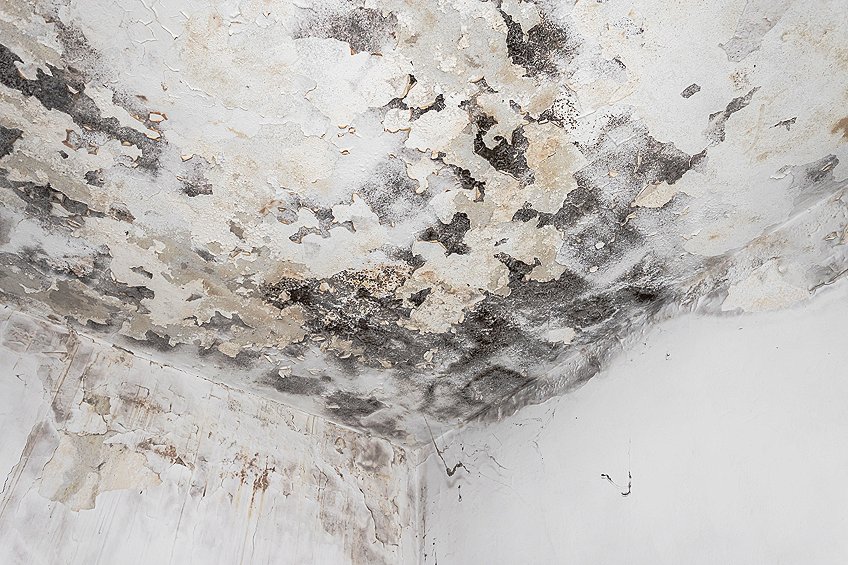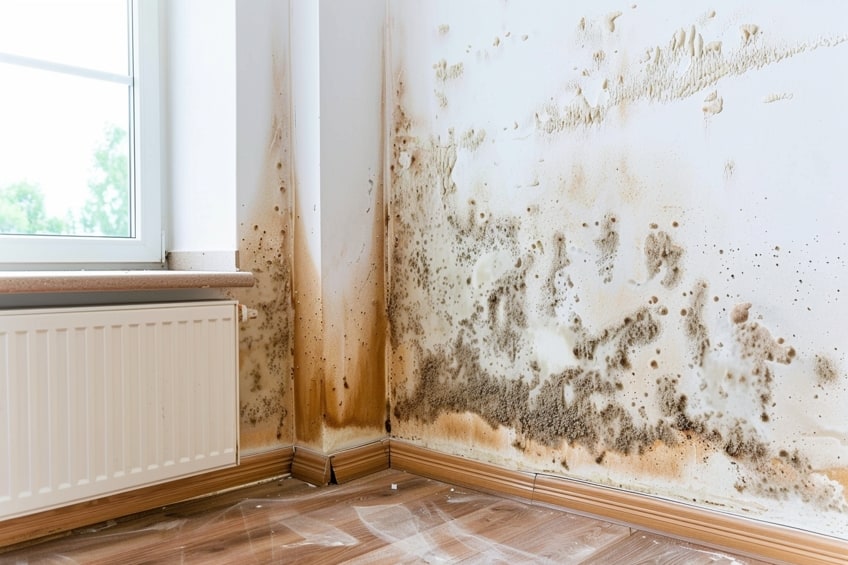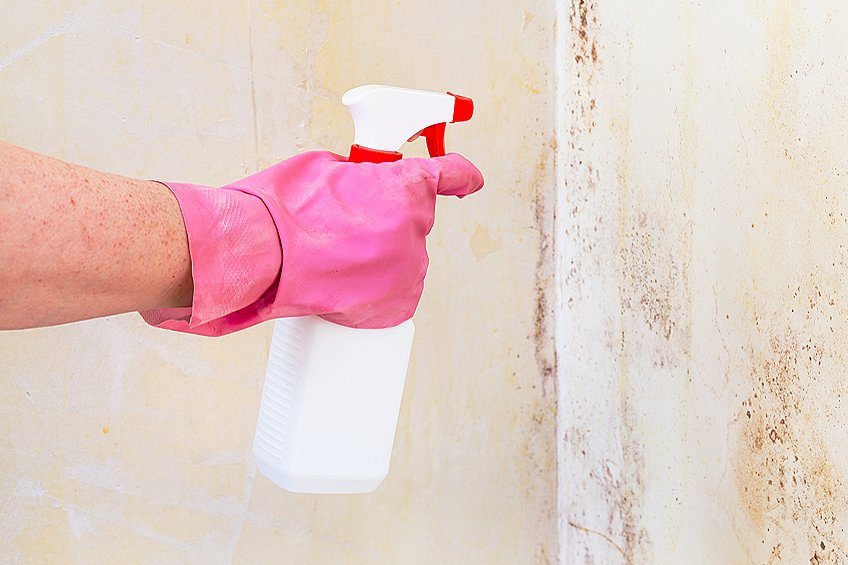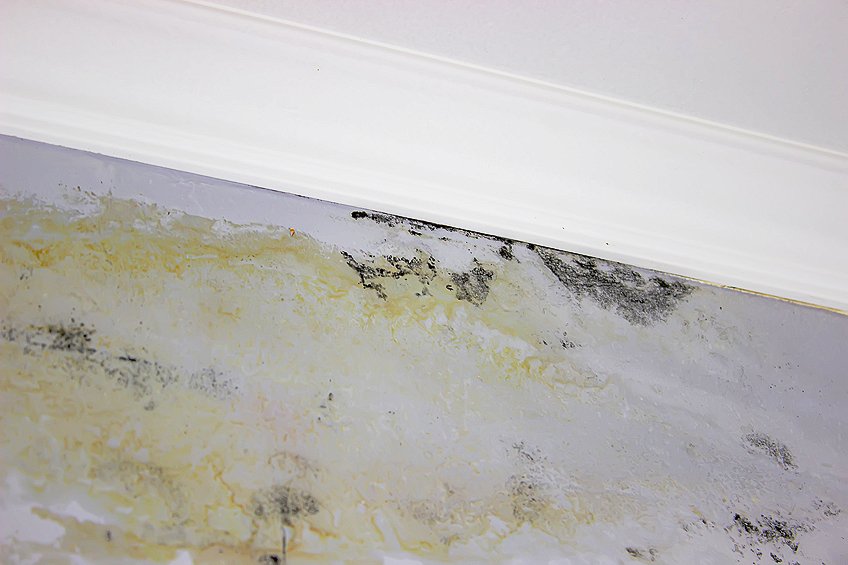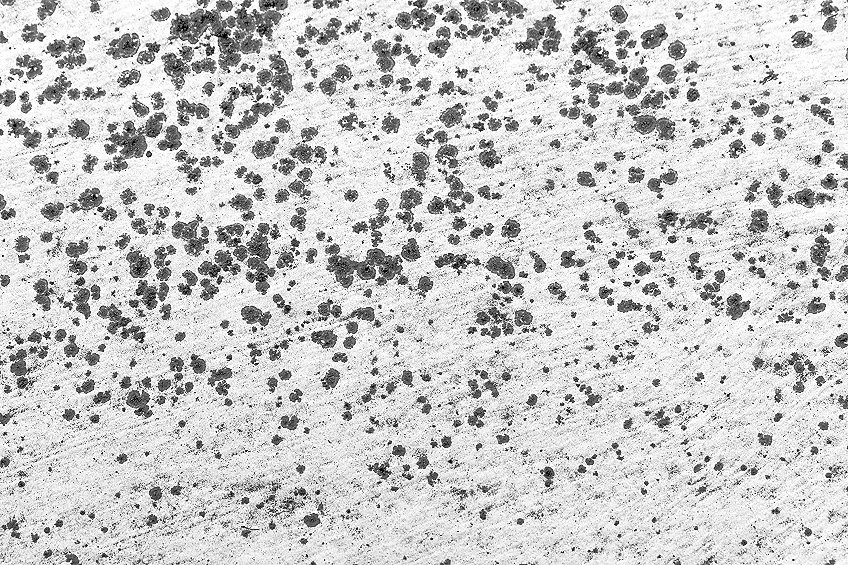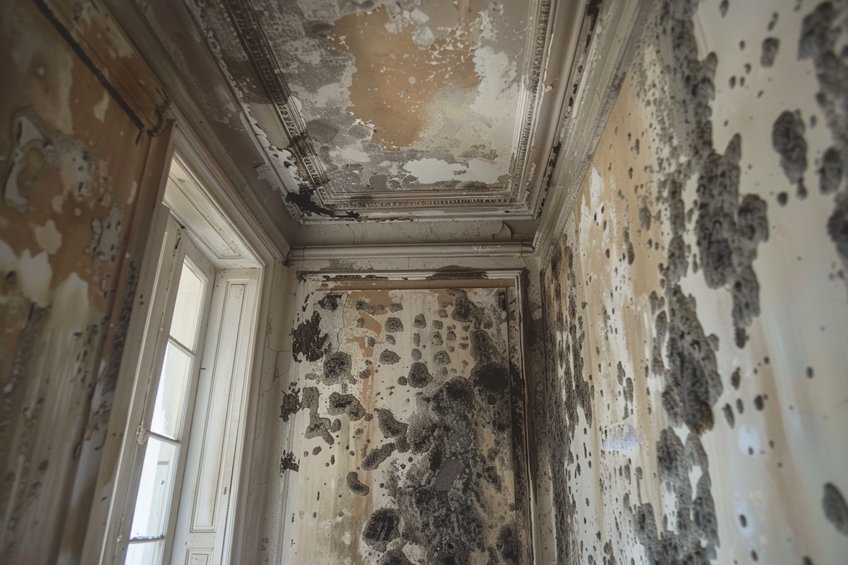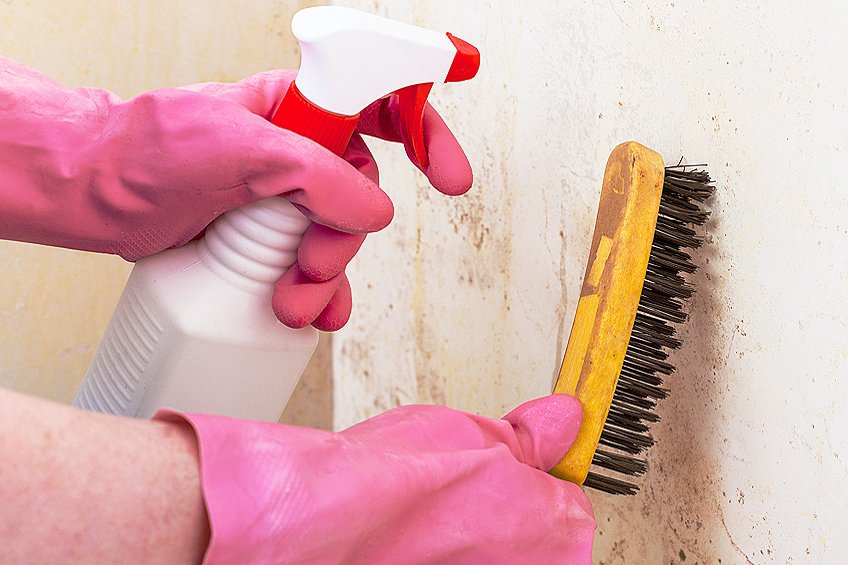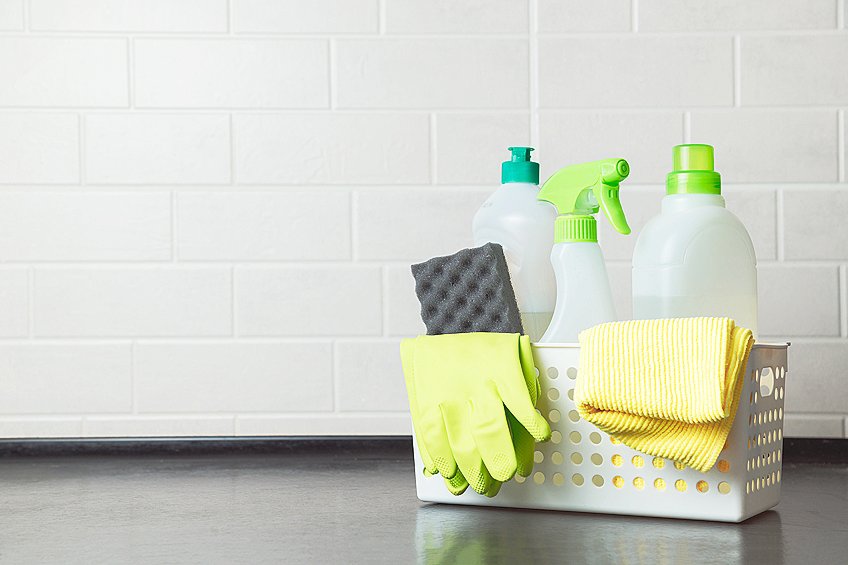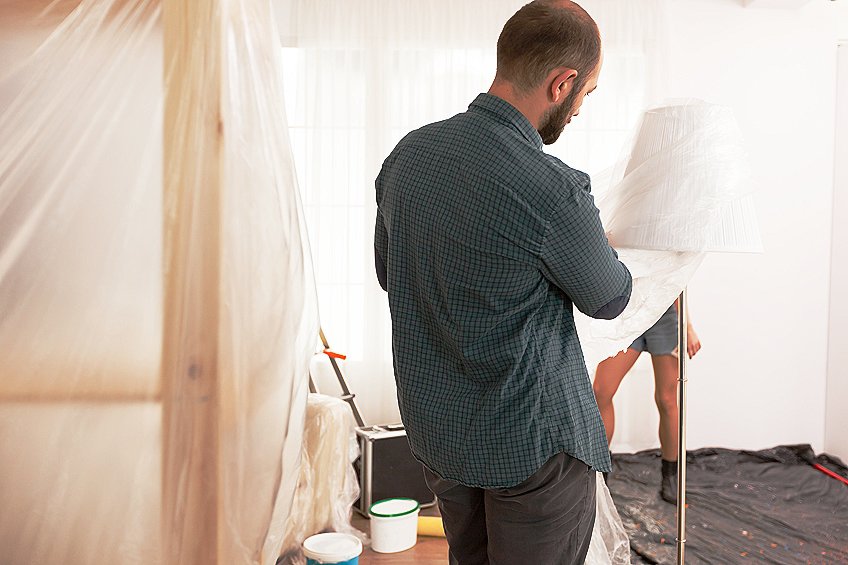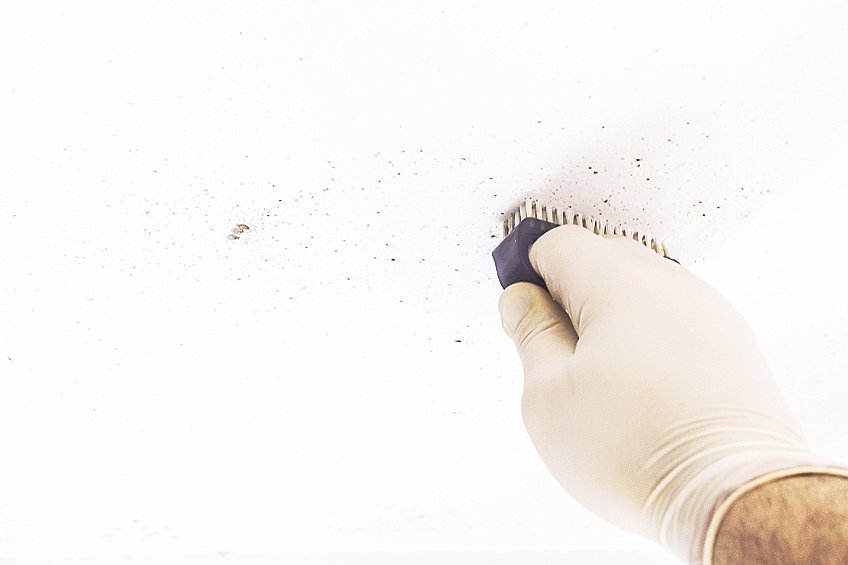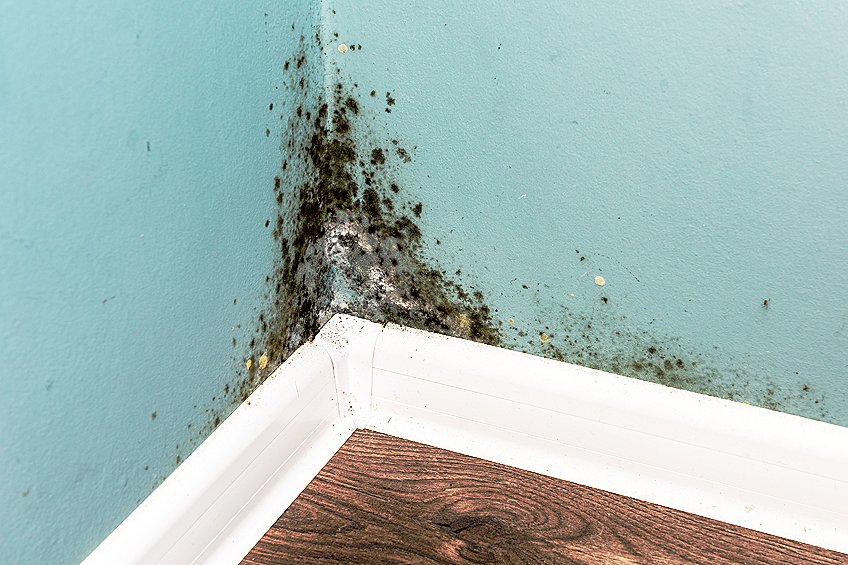How to Remove Mold from Drywall – Stop the Spores
This post may contain affiliate links. We may earn a small commission from purchases made through them, at no additional cost to you. You help to support resin-expert.com
Welcome to the ultimate guide on battling the sneaky villain of every homeowner’s nightmare: mold on drywall! Picture this: you stroll into your cozy abode only to be greeted by unsightly patches of mold spreading across your pristine walls like unwanted guests at a party. Fear not, dear reader, for we are about to embark on a mold-zapping adventure together! From uncovering the secrets of mold prevention to unleashing the arsenal of techniques for its eradication, prepare to bid farewell to that pesky fungus and reclaim your walls in style. So grab your gloves, don your superhero cape (or apron), and let’s dive into the thrilling world of mold removal from drywall!
Table of Contents
Key Takeaways
- Mold on drywall can undermine both home integrity and health.
- Correctly identifying mold types and damage extent is crucial for effective removal.
- Mold removal from drywall requires specific safety precautions and techniques.
Why Must You Get Rid of Mold?
Mold growth on drywall is a common issue in homes, particularly in areas with high humidity or after water damage. This unsightly and potentially hazardous problem can not only damage your walls but also pose serious health risks, especially to those with allergies or compromised immune systems. It is crucial to address mold promptly to maintain the structural integrity of your home and to ensure a healthy living environment.
Proper identification and preparation are key when tackling mold on drywall. Before removal can begin, one must determine whether the drywall can be cleaned or should be replaced. Non-porous surfaces like painted drywall can often be cleaned, while porous surfaces may need to be discarded. Safeguarding the area and wearing appropriate protective gear are essential steps to prevent the spread of mold spores during the removal process. Mold in a home is not just unsightly; it poses health risks and can cause damage to building structures.
Health Concerns
- Allergies and irritations: Mold exposure often aggravates allergies and can cause respiratory issues, eye irritation, and skin rashes.
- Asthma: Individuals with asthma can experience severe attacks when exposed to mold spores.
- Toxicity: Certain molds produce mycotoxins that can be toxic when inhaled over time.
Home Integrity
- Structural compromise: Over time, mold can break down drywall, causing structural damage.
- Material deterioration: Mold can deteriorate a variety of materials within the home, including wallpaper, paint, and insulation.
Market Value Impact
- Resale value: Unchecked mold growth can seriously impact the resale value of a property.
- Cost of removal: The longer mold is left untreated, the more expensive the eventual remediation process can be.
For homeowners, understanding the risks associated with mold and taking proactive steps to mitigate them is crucial. It ensures the safety, the longevity of the property, and maintains its aesthetic appeal.
Identifying and Preparing for Mold Removal
Before initiating mold removal from drywall, identifying the presence of mold and taking the correct preparatory steps are crucial to ensure a safe and effective cleanup process. This involves understanding what mold looks like on drywall, employing safety measures, and setting up your workspace to prevent mold spread.
Understanding Mold on Drywall
Mold on drywall is a common issue arising from excessive moisture. It’s critical to first address any underlying moisture problems, such as leaks or high humidity, to prevent mold recurrence. Mold infestation on drywall can compromise the structural integrity of the material and poses health risks through the dispersal of mold spores.
What Does Mold on Drywall Look Like?
Identifying mold on drywall is vital to the removal process. Signs include discoloration, often gray, black, or green stains, along with texture changes where mold may appear fuzzy or slimy. Keep your nose alert for a musty odor, frequently associated with mold presence. Recognizing these telltale signs ensures you catch mold early and take swift action to restore your space to its clean, healthy state. Mold often forms in clusters and can rapidly spread across damp drywall surfaces.
Safety and Protection Measures
Prioritizing health and safety during mold removal is essential. Mold spores can cause respiratory issues and allergic reactions, so personal protective equipment (PPE) is necessary:
- Gloves: Wear durable rubber gloves.
- Goggles: Use tight-fitting goggles to protect the eyes.
- Respirator mask: Don a N95 or higher-rated respirator mask to prevent inhalation of spores.
Ensure the workspace is well-ventilated to minimize inhalation risks.
Initial Cleanup and Containment
To begin mold removal, it’s crucial to limit the spread of mold spores:
- Isolate the area: Use plastic sheeting to separate the affected area. Seal the space with tape to contain spores.
- Minimize dust: Avoid dry-brushing or actions that agitate spores.
- Prep for vacuuming: Stage a HEPA vacuum to capture loose mold spores during cleanup.
- Remove items: Clear the area of furniture and cover immovable objects.
Taking these steps helps ensure the mold removal process is thorough and reduces the risk of health hazards or further mold proliferation.
Different Types of Mold
When addressing the issue of mold on drywall, recognizing the type of mold is crucial for effective removal and ensuring a safe living environment. To identify these molds, one should look for discoloration and a musty odor. They often manifest as clusters of spots and can spread rapidly if not treated.
Homeowners should address any type of mold promptly to maintain air quality and structural integrity.
Aspergillus
Aspergillus mold is a common genus found in indoor and outdoor environments worldwide. It thrives in damp conditions and can colonize various substrates, including soil, decaying organic matter, and indoor surfaces. Some species of Aspergillus are beneficial, used in the production of food and medicine, while others pose health risks, especially to individuals with weakened immune systems. Typically found in households, Aspergillus can appear in various colors. It’s known for its potential to cause respiratory issues.
- Presence: Common on walls and insulation
- Color: Various, including green and black
Cladosporium
Cladosporium mold is a ubiquitous genus found in both indoor and outdoor environments, particularly in damp or humid areas. It often appears as dark green or black spots on surfaces such as walls, ceilings, and plant materials. While Cladosporium is considered one of the most common outdoor molds, it can also trigger allergies and asthma in susceptible individuals when present indoors.
This type can grow in both warm and cold conditions, making it a persistent problem.
- Presence: On fabrics and wood surfaces
- Color: Typically brown or green
Stachybotrys
Stachybotrys mold, commonly known as “black mold,” thrives in areas with high moisture content, such as water-damaged buildings and materials. Its appearance is characterized by slimy, greenish-black patches on surfaces like drywall, wood, and ceiling tiles. Exposure to Stachybotrys mold can potentially lead to respiratory issues and other health concerns, making prompt removal and remediation crucial for indoor environments. Stachybotrys is notorious and requires immediate attention due to potential health risks.
- Presence: On continuously damp surfaces, like those affected by water leaks
- Color: Dark black or greenish-black
Penicillium
Penicillium mold is a widespread genus found in diverse environments, including soil, air, and decaying organic matter. Known for its characteristic blue or green fuzzy appearance, Penicillium species are commonly found on food items like bread and fruit, as well as indoor surfaces like walls and air ducts. While some Penicillium species are used in the production of antibiotics and cheeses, certain strains can produce mycotoxins and allergens, posing health risks to sensitive individuals.
Known for its quick spread, Penicillium mold can cause allergies and respiratory problems.
- Presence: On materials damaged by water
- Color: Blue or green
Effective Mold Removal Techniques
Effective mold removal requires the right approach and agents, whether using natural solutions or commercial chemicals. It necessitates thorough scrubbing and attention to the underlying causes of mold growth for prevention.
Natural and Chemical Cleaning Agents
For those inclined towards eco-friendly options, natural agents like vinegar and baking soda are effective in tackling mold problems. Vinegar, applied with a spray bottle, can kill the mold on contact. On the other hand, a paste made from baking soda and water can be used to scrub away mold with minimal surface damage. Chemical alternatives include bleach and hydrogen peroxide, which are more potent and can kill mold at its roots. When using bleach, one must ensure proper ventilation as it is a strong chemical. A solution of one part bleach to three parts water is commonly recommended.
Always use gloves and eye protection when handling bleach.
Removing Mold from Painted and Unpainted Drywall
When dealing with painted drywall, the key is not to damage the paint while removing the mold. Lighter solutions such as diluted vinegar or detergent should be used, with care taken to gently scrub the affected area. After cleaning, it may be necessary to touch up with mold-resistant paint or a primer like KILZ to prevent future mold growth.
Unpainted drywall is more porous, thus more vulnerable to mold infiltration. Stronger solutions like a bleach mix can be used, followed by thorough drying. However, if the drywall is heavily infested, it may be necessary to cut out and replace the affected sections. For both painted and unpainted surfaces, after resolving the mold issue, applying mold-resistant paint can offer long-term prevention.
How to Remove Mold on Painted Drywall
Removing mold from painted drywall requires careful attention to preserve the integrity of the paint while effectively killing and removing the mold spores. The following steps outline a safe and effective method for mold remediation on painted surfaces.
Make a Mold-Killing Solution
One can create an effective mold-killing solution using household ingredients. Mix one part white vinegar with three parts water for a natural option, or, for more severe cases, one part bleach to three parts water—always ensuring the area is well-ventilated when using bleach.
Ventilate the Room
Before beginning the mold removal process, it’s crucial to ventilate the room. Open windows and doors and use fans to encourage airflow and disperse any fumes from cleaning solutions.
Protect Surrounding Areas
It’s important to cover and protect the floor and furniture around the mold-infested area with plastic sheeting or drop cloths. Wearing personal protective equipment, such as gloves, goggles, and a mask, is also recommended to prevent exposure to mold and cleaning agents.
Spray the Mold With Your Solution
Fill a spray bottle with your chosen mold-killing solution. Spray the moldy areas of the painted drywall thoroughly, making sure the surface is damp but not overly saturated, which can cause additional water damage.
Scrub the Moldy Area
After letting the solution sit for several minutes, gently scrub the mold using a soft-bristled brush. This action should be firm enough to remove the mold but gentle enough to avoid damage to the paint.
Dry the Area
Once the mold has been scrubbed off, dry the area completely with a clean cloth or towel. It’s essential to remove any moisture to prevent mold from returning. If available, a dehumidifier can help maintain a dry environment.
Restoration and Prevention Strategies
When addressing mold on drywall, restoration begins after mold removal. A critical step is applying a primer, which serves as a protective layer beneath paint. Primers like Kilz seal the porous surface of drywall and can suppress mold stains that might bleed through the final paint layer. Post-cleanup, an ingenious prevention strategy involves the use of mold-resistant paint. This specialized paint forms an impermeable barrier, making it difficult for mold to latch onto and grow. It’s particularly beneficial in areas prone to moisture, like bathrooms and basements. Here are steps for effective restoration and mold prevention:
- Preparation: Ensure the surface is clean and completely dry. Fix any lingering moisture issues to prevent mold recurrence.
- Priming: Apply a mold-resistant primer. Allow it to dry fully as per manufacturer instructions.
- Painting: Choose a mold-resistant paint for the topcoat. Apply multiple layers if necessary to maximize protection.
- Maintenance: Regularly check for any signs of mold and address moisture problems promptly. Using dehumidifiers in moisture-prone areas can also prevent mold growth.
As we wrap up our mold-busting journey, take a moment to revel in your newfound expertise and the victory over those stubborn spores! Remember, the battle against mold is not just about cleanliness; it’s about reclaiming your space and ensuring a healthier environment for you and your loved ones. Armed with the knowledge and techniques shared here, you’re now equipped to face any moldy challenge that comes your way. So go forth, dear reader, and let your walls breathe freely once more. Here’s to a mold-free future and many happy, hygienic days ahead!
Frequently Asked Questions
What Are the Signs That Indicate Mold Presence Behind Drywall?
Mold behind drywall often manifests as discoloration, black spots, and a musty odor. One might notice a cluster of these signs or a more widespread pattern, indicating the advancement of mold growth.
How Can Mold Be Safely Eradicated from Painted Walls?
For painted walls, it is crucial to gently clean the surface with a mildewcide or a solution of water and mild detergent, avoiding excessive moisture that might damage the paint or worsen the mold issue.
What Steps Should Be Taken to Remove Mold from a Drywall Ceiling?
To remove mold from a drywall ceiling, one should start by containing the area to prevent spore spread. A cleaning solution of water and mild detergent, or a mix of water and bleach for more resistant mold, can be applied carefully using a sponge or cloth without saturating the drywall.


